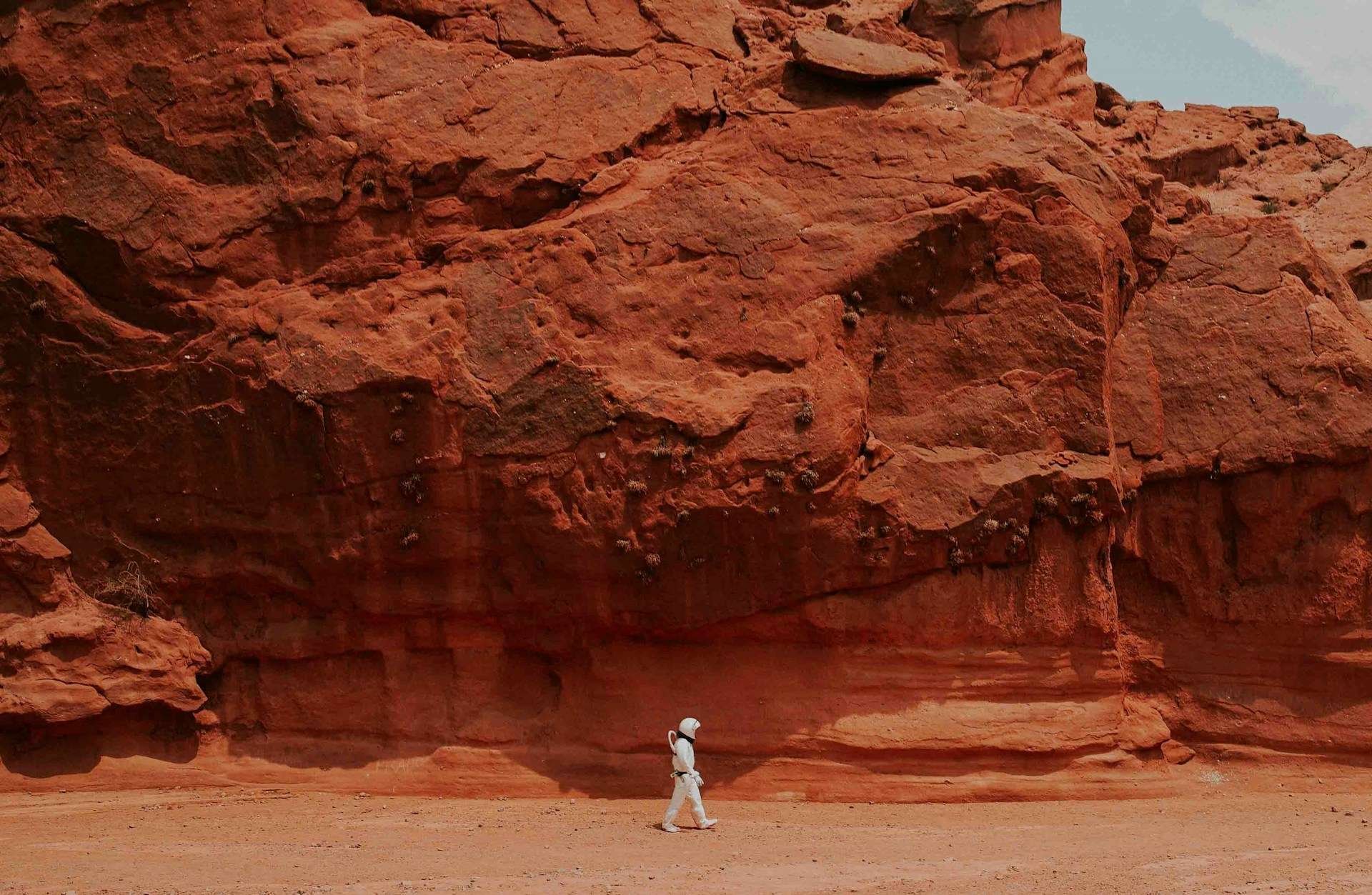Nestled in Utah’s dramatic red-rock landscape lies the Mars Desert Research Station (MDRS), a standout destination for adventure seekers and science enthusiasts alike. What began as purely scientific simulation has evolved into an intriguing draw for travellers craving immersive, offbeat experiences.
As the analogy between MDRS and Mars becomes more vivid, tourism operators in the region are capitalising on the allure. Visitors can join guided tours of the habitat, walk the surrounding Martian-like terrain, and sometimes witness real-time crew activities. The combination of remote adventure and scientific authenticity positions Utah’s desert as a compelling niche within experiential tourism.
From a business perspective, this trend offers a blueprint for SME-sized tour companies and local accommodation providers. Establishing partnerships with educational and scientific institutions like the Mars Society can pave the way for curated travel packages, inclusive of hands-on workshops or star-gazing nights. Meanwhile, ranches and inns near Hanksville can differentiate themselves by crafting themed stays, complete with astronaut-style meals or geology hikes, that resonate with curious explorers.
Yet success hinges on maintaining the balance between immersive appeal and preservation. Tour operators must ensure minimal environmental impact on the fragile desert ecology, employ interpretive staff trained to share the science behind the simulations, and coordinate schedules to respect research missions. By doing so, the tourism experience retains authenticity and quality, key factors in attracting discerning travellers.
In sum, Utah’s Mars-analogue desert is evolving into a unique global travel offering, blending frontier adventure with educational value. SMEs that thoughtfully curate immersive, low-impact experiences can tap into a growing market of travellers drawn to novelty, authenticity, and exploration, echoing the human fascination with Mars, here on Earth.


